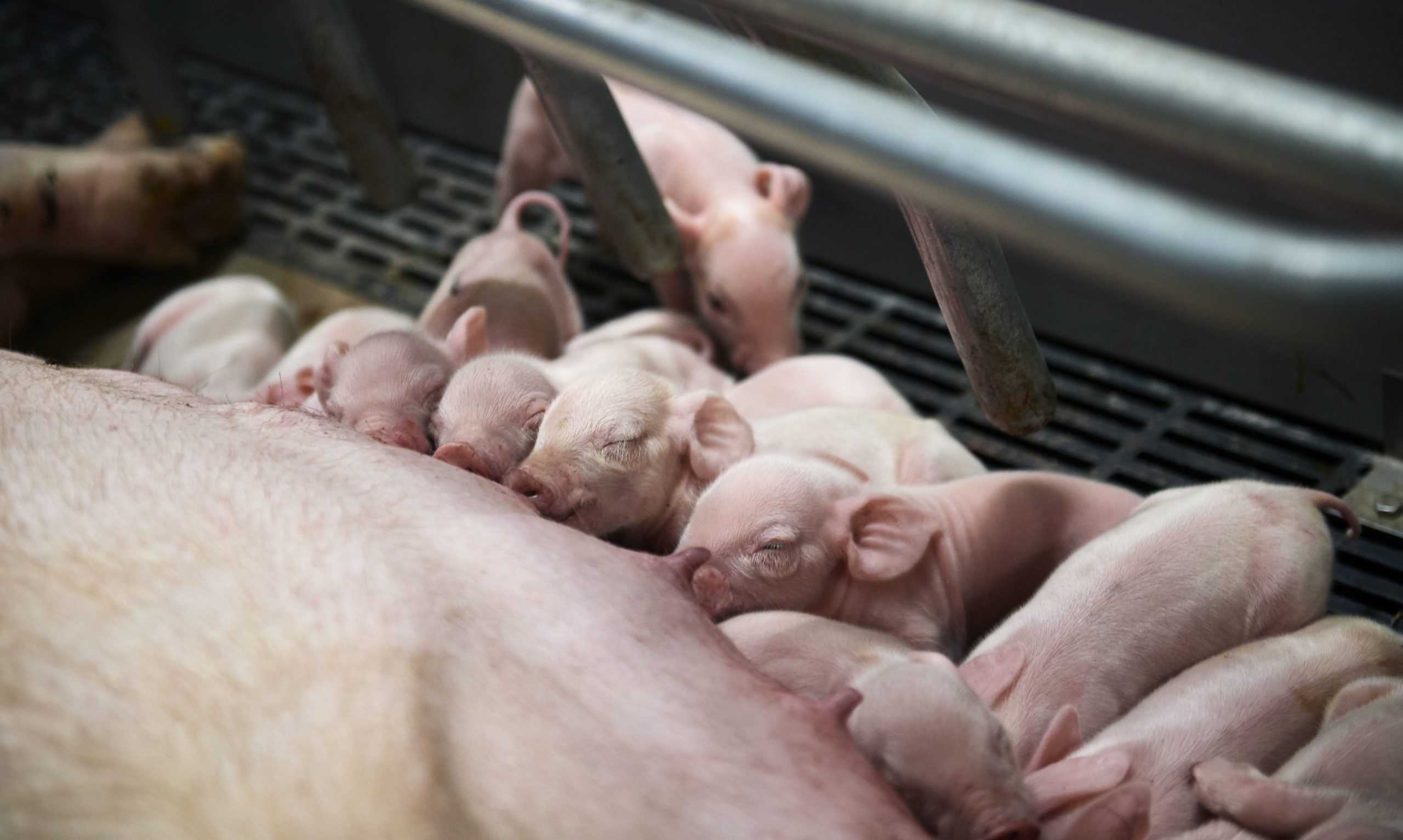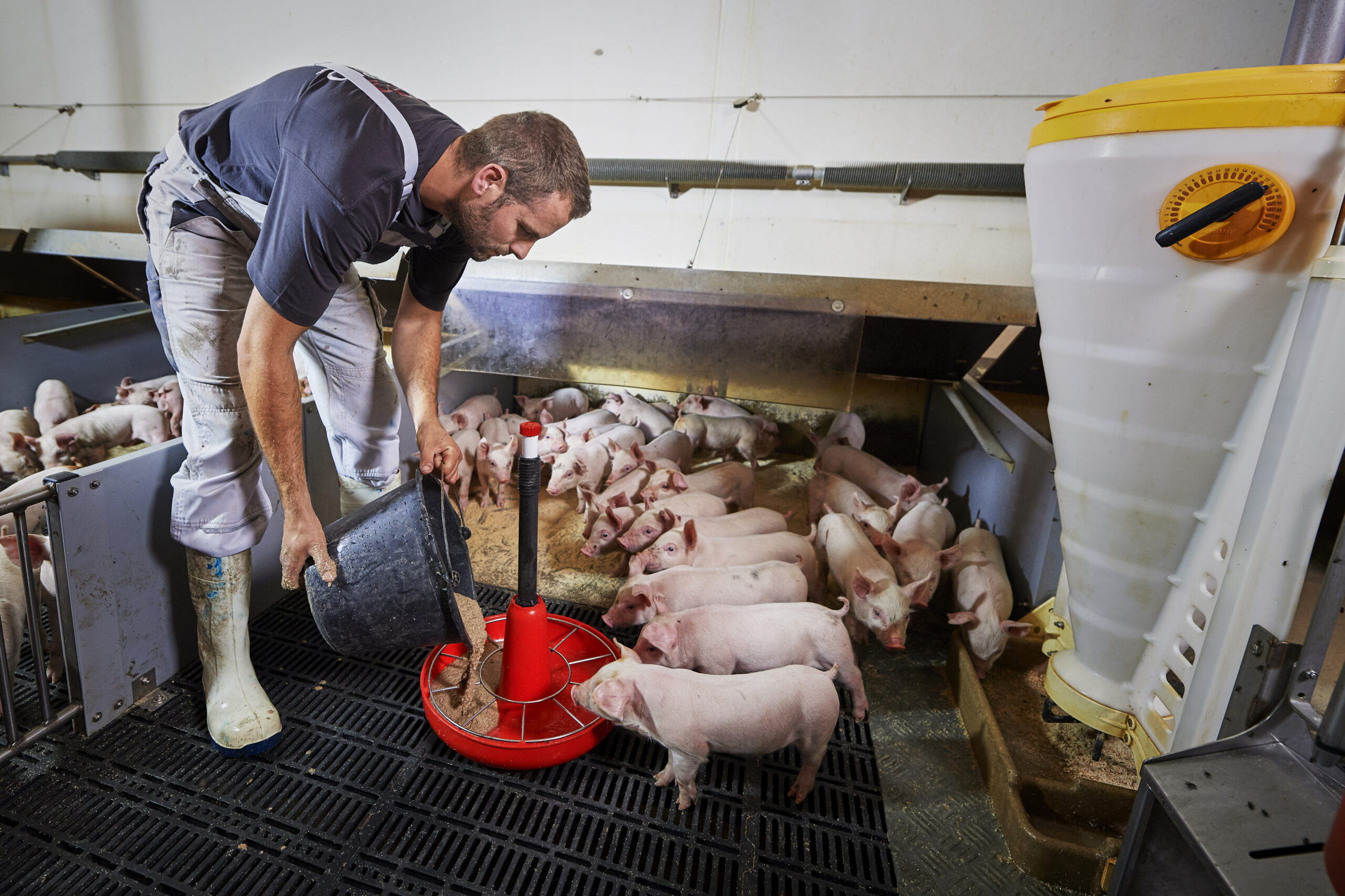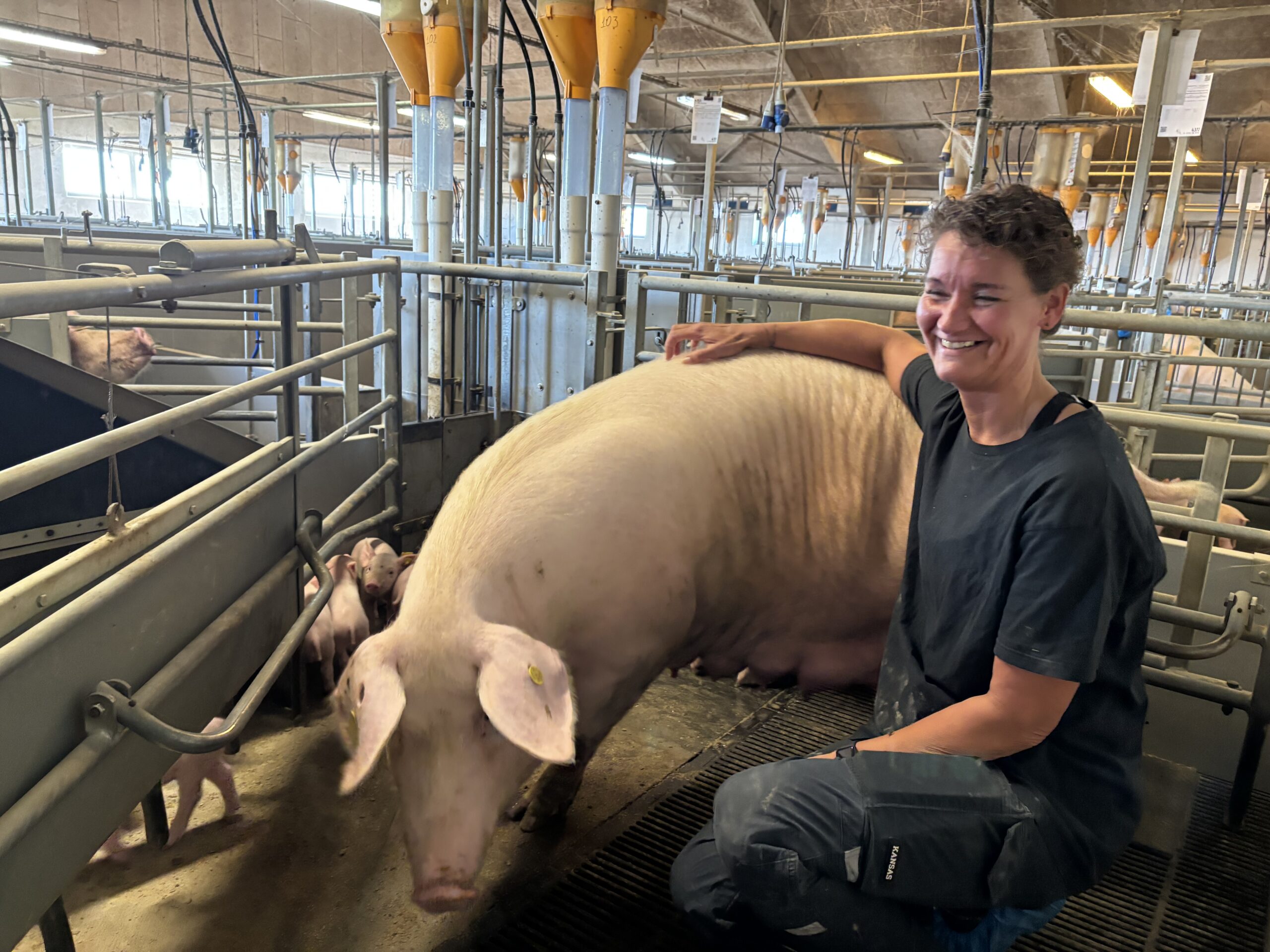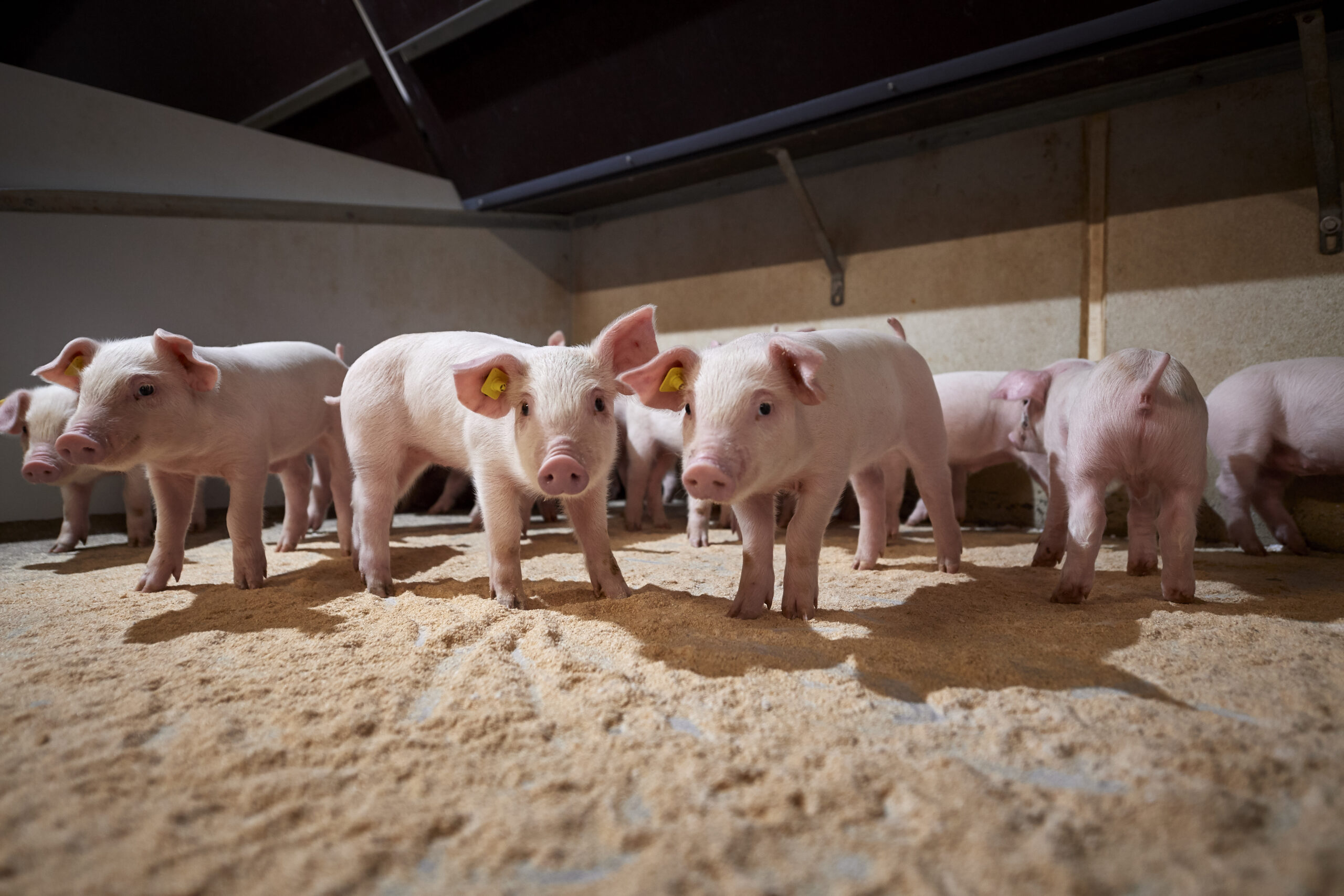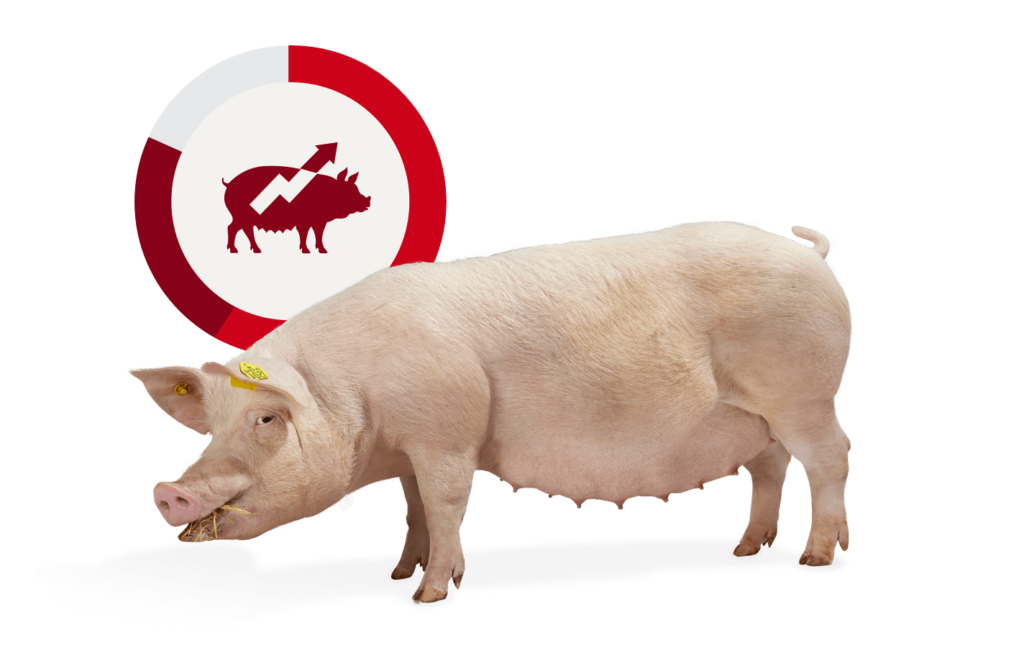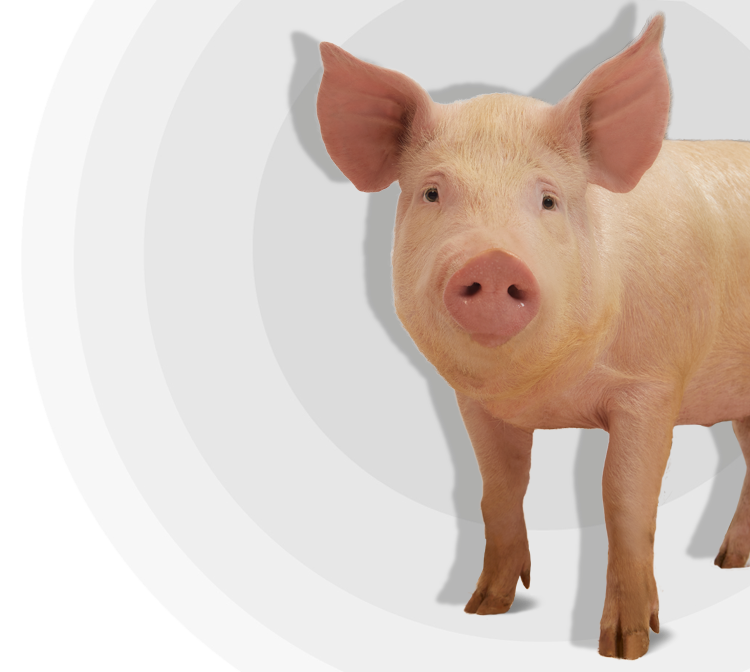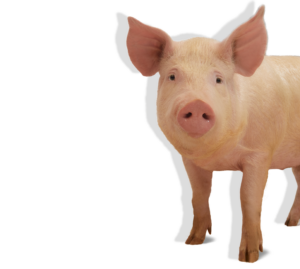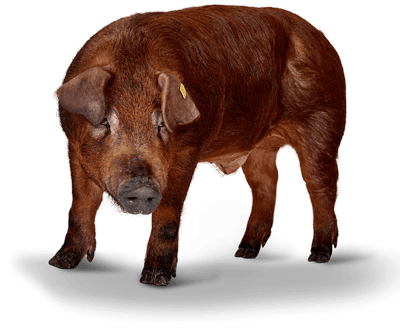Written by Helle Palmø, M.Sc., ph.d., Chief Geneticist, DanBred
Focus: A study carried out by Danish Pig Research Centre (DPRC) shows that heterosis results in DanBred Hybrid sows having up to 1.5 extra piglets per litter.
The vast majority of production sows in Denmark are first crosses (F1) or zigzag crosses between DanBred Landrace and DanBred Yorkshire, and the purpose of this crossbreeding is to produce sows that demonstrate the highest possible heterosis. This will ultimately have a significant impact on production efficiency and thus directly benefit DanBred customers.
DanBred’s 3-way crossbreeding system is designed to make it possible to reach 100 % heterosis in both sow and finisher herds. It is generally difficult to estimate the exact effect of heterosis on traits in the breeding goal, as the effect can vary greatly across different breed combinations and depends on the trait in question. To study the effect more in depth, DPRC has examined the effect of heterosis on one specific trait, litter size, in Danish production sows with DanBred genetics.
Up to 1.5 extra piglets per litter
The study is based on data from 99,322 gilt farrowings across 173 Nucleus Management herds, and the results show that heterosis results in 0.8 and 1.5 extra piglets in zigzag and F1 gilts, respectively, compared to purebred gilts (figure 1). Thus, regardless of the chosen crossbreeding strategy, the heterosis of DanBred production sows have a markedly positive impact on production levels.
– This superior impact of heterosis on litter size emphasises the importance of optimizing the crossbreeding strategy in your sow unit. As evidenced by this study, you benefit from maximum heterosis, when the sows are 50 % DanBred Landrace and 50 % DanBred Yorkshire – as in DanBred Hybrid (F1). However, you also still benefit from heterosis if you optimize your zigzag breeding, says Bjarke Grove Poulsen, M.Sc. and ph.d. student at DPRC.
Optimum management of zigzag sows improves heterosis
In a zigzag crossbreeding strategy, it is important to keep track of which sow to breed with DanBred Landrace or DanBred Yorkshire respectively, as seen in figure 3.
If mistakes are made when alternating between the semen doses from the two different breeds, it will negatively affect productivity results. A zigzag sow, which is bred correctly, produces 0.4 more piglets in its first parity than a zigzag sow, which is the result of a mistake in the zigzag breeding, e.g. L(L-) or Y(Y-). Furthermore, it is likely that correctly bred sows will continue to produce more piglets across all their future farrowings.
– If you accidently crossbreed a zigzag sow with the wrong breed, you get an almost purebred sow. This reduces the positive effect of heterosis. Nevertheless, if you choose to keep the sow, it can easily be used for producing the next generation of gilts, since they will resemble a DanBred Hybrid (F1) in terms of genetic composition and contribution from the two breeds, says Bjarke Grove Poulsen.
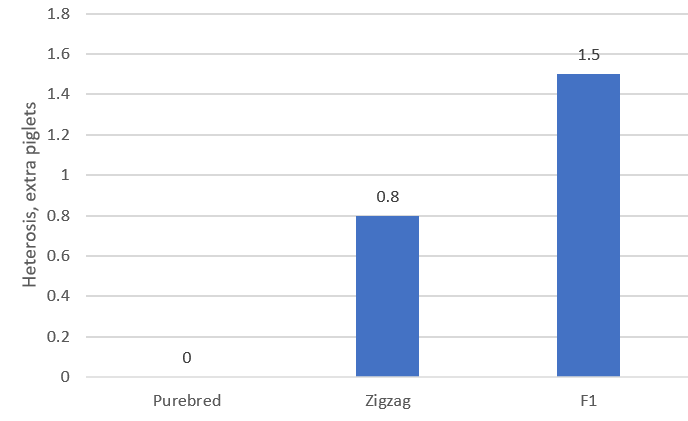
Figure 1: Study results showing Heterosis in zigzag and F1 gilts result in 0.8 and 1.5 extra piglets respectively compared to purebred gilts.

Figure 2: F1 crossbreeding strategy

Figure 3: Zigzag crossbreeding strategy

